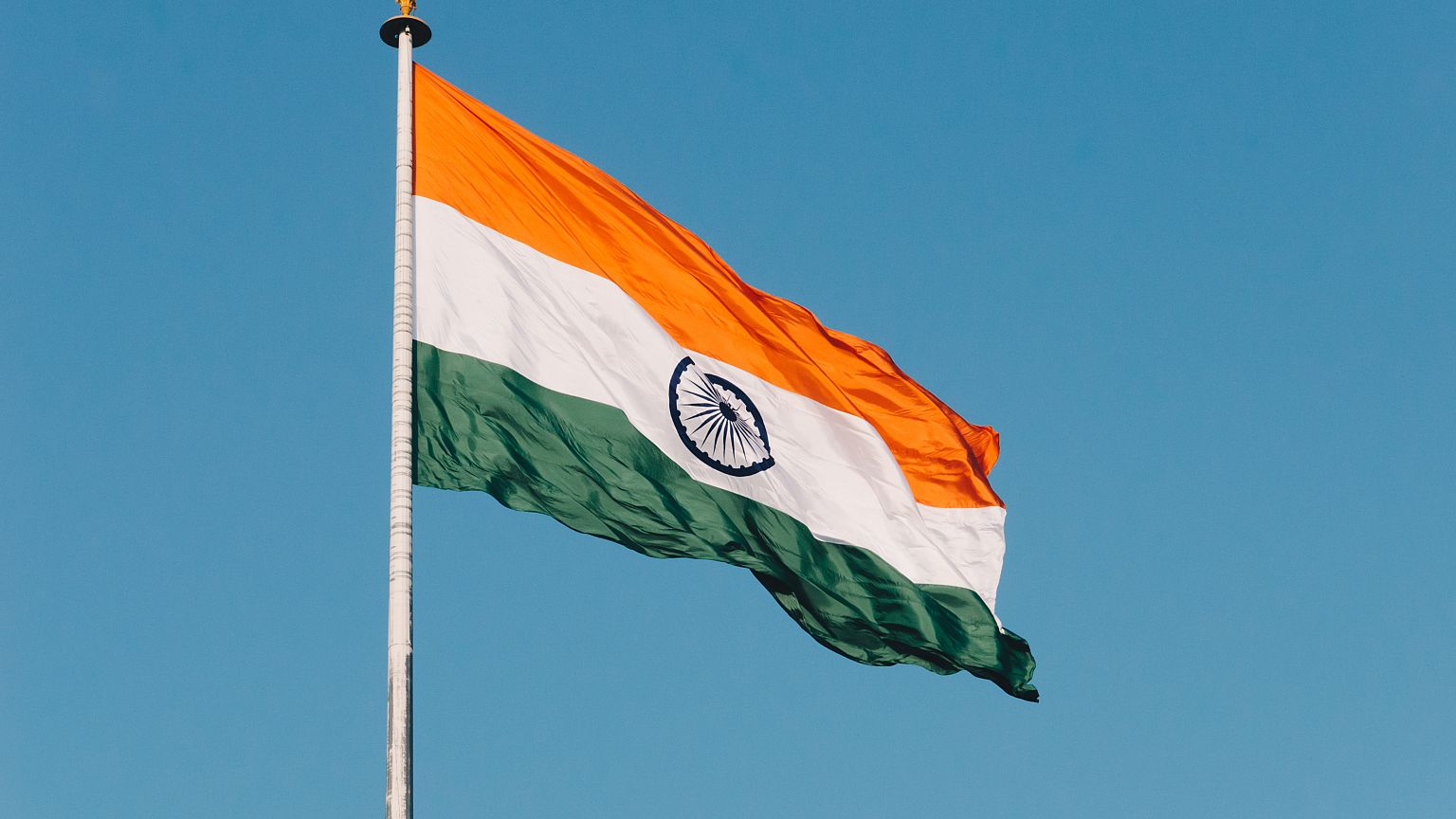India And Pakistan Now Must Move Towards Lasting Peace
$10 trillion economy by 2047.
— Rahul Mathur (@Rahul_J_Mathur) May 10, 2025
$13,845 per capita income by 2047.
23 crore more citizen to be lifted out of poverty by 2047.
Space, Defense, Semis & (digitized) Manufacturing.
Don't get distracted. Developed 🇮🇳.
Thank you to everyone who keeps our Nation running, safe &…
Extrapolating China In 1975 Would Have Been A Mistake
In 1975, China's real GDP growth rate was approximately 4.9%, according to World Bank data. This was during the final years of Mao Zedong’s leadership, a period marked by central planning, the Cultural Revolution, and low productivity.
As for extrapolation:
Scenario: Extrapolating China's 1975 GDP Forward at 4.9% Growth
-
1975 China's GDP (in current USD): ~$163 billion
-
2024 China's GDP (in current USD): ~$17.7 trillion
We can use the compound interest formula for growth:
Where:
-
billion
-
trillion = 17,700 billion
-
-
number of years
Solving:
Take logarithm of both sides:
Conclusion:
At a 4.9% annual growth rate, it would have taken China nearly 100 years (from 1975 to 2075) to reach its current GDP level.
Instead, by undertaking massive economic reforms starting in 1978 and sustaining decades of double-digit growth, China reached that level in just under 50 years.
Case Study: Bhutan: Dramatic Growth Rates
Bhutan experienced a remarkable surge in economic growth in 1987, achieving a GDP growth rate of 25.4%. This unprecedented growth was primarily driven by the commissioning of the 360 MW Chukha Hydropower Project in 1986, the country's first major hydropower facility.
Another significant milestone occurred in 2007 when Bhutan's GDP growth rate reached 22.4%, largely due to the commissioning of the 1,020 MW Tala Hydroelectric Power Station.
These instances underscore the profound impact of hydropower development on Bhutan's economy, highlighting the sector's pivotal role in driving substantial economic growth.
Why It’s a Mistake to Extrapolate India’s Current Growth Rate Over the Next 20 Years
Extrapolating India's current GDP growth rate of approximately 6–7% annually for the next two decades assumes a business-as-usual trajectory—a critical analytical error in a world entering exponential transformation driven by AI, robotics, and radical policy innovation.
Here’s why:
1. The Age of Exponential Technologies
-
AI and robotics are not just additive—they’re multiplicative. Automation of white- and blue-collar work, AI-driven productivity gains, and robotic manufacturing and logistics can compress 100 years of development into 10.
-
India’s demographic dividend combined with AI augmentation could turn the workforce into the world’s most productive—if guided correctly.
2. The Precedent of Extreme Growth
-
Bhutan, despite its small size, posted GDP growth rates of 25.4% in 1987 and 22.4% in 2007 through focused infrastructure projects and hydropower exports.
-
China saw growth spurts exceeding 14% annually in its fastest years. That wasn’t just policy—it was transformation.
-
There is no physical law preventing a large country from growing at 20% annually, just political, institutional, and cognitive barriers.
3. The Role of Kalkiism and Policy Innovation
-
The Kalkiism Research Center in Kathmandu proposes a post-industrial development model:
-
AI-first planning, not just digital governance.
-
Moneyless economy pilots, where data replaces currency as a coordination tool.
-
Universal AI access as a public good, training 1 billion Indians into productive agents of an AI economy.
-
-
If adopted, such models can unleash latent capacity across rural and urban India, leapfrogging past industrial bottlenecks.
India at 20% Annual GDP Growth for 20 Years
Let’s model it.
-
India’s GDP in 2024: approx $3.7 trillion
-
Annual growth rate (r): 20% or 0.20
-
Time (t): 20 years
Conclusion:
If India grows at 20% annually, its economy would reach $141.85 trillion by 2044, and well over $170 trillion by 2047. That would make India not just the largest economy in the world, but more than 6 times larger than the current U.S. economy.
Final Thought:
Linear forecasts are dead in an exponential world. The right question isn’t “What will India grow at if current trends continue?” but “What new trend should India create?” AI, robotics, and Kalkiist policy paradigms offer a blueprint—not just for rapid growth, but for planetary leadership by 2047, the 100th anniversary of Indian independence.




No comments:
Post a Comment